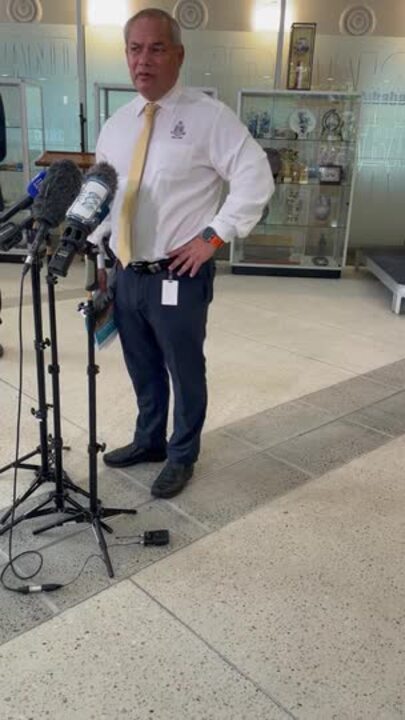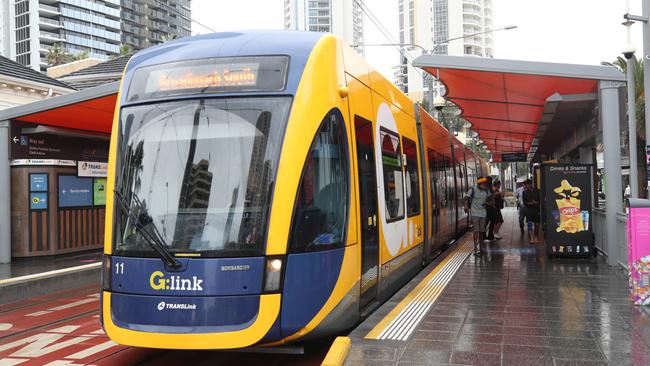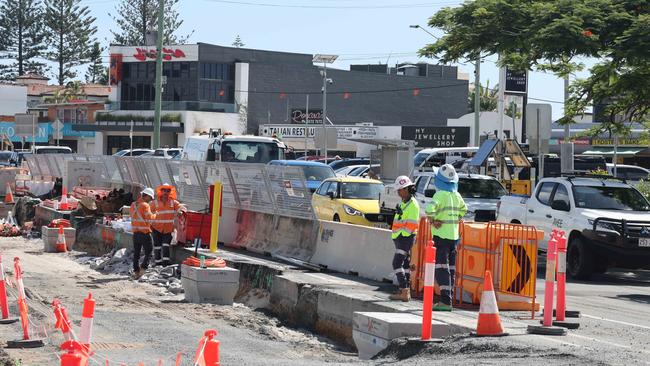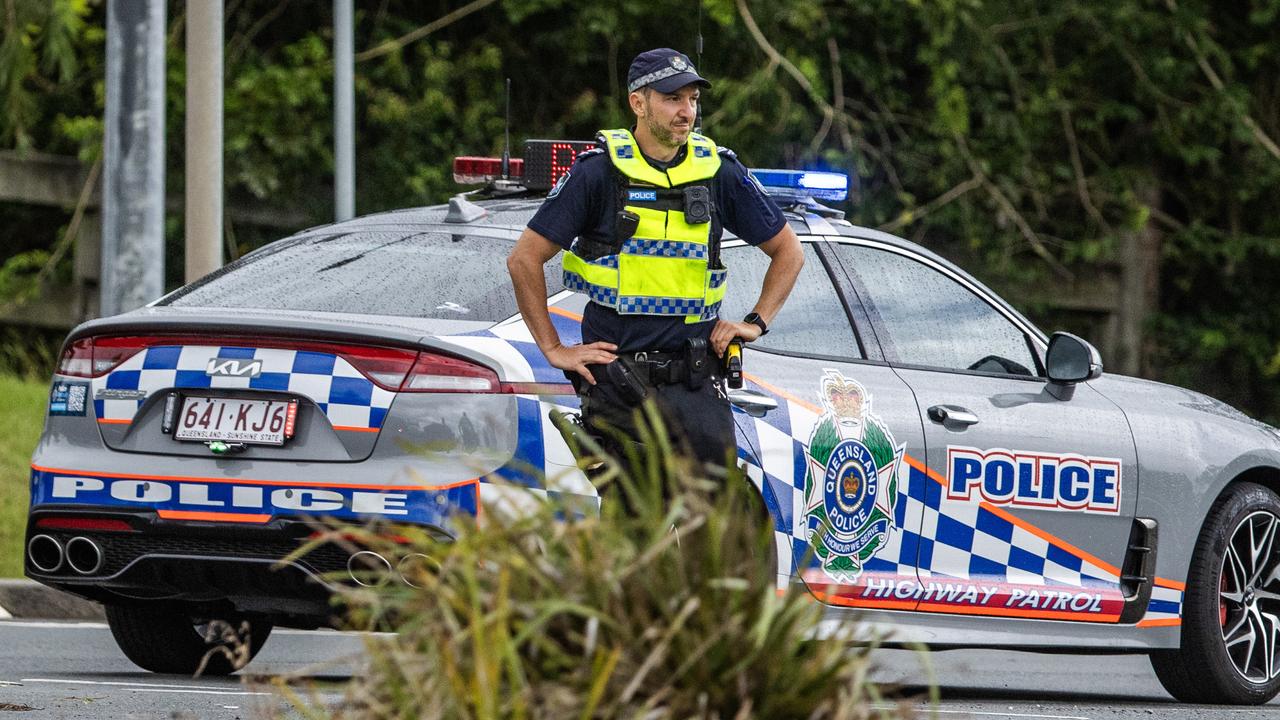Gold Coast light rail to the airport might cost billions but the cost of buses will be more - opinion
OPINION: Building trams to the airport is expensive, but have we considered the cost to the Gold Coast if not done? Because the truth is we simply can’t afford an alternative. VOTE IN POLL

Gold Coast
Don't miss out on the headlines from Gold Coast. Followed categories will be added to My News.
What’s worse than paying $7 billion for light rail?
Paying $5.5 billion for buses that no one will use.
With all of the hand-wringing and teeth-gnashing about the projected cost of light rail stage four, and with the LNP anything but enthusiastic about the plan, have we ever considered the cost of not completing this project?
The truth is that not only will the ‘cheap’ option of bus lanes cost almost as much, it will also deliver none of the benefits of light rail.
When the preliminary business case for the last stage of this public transportation infrastructure was released last year, every headline focused on the sticker shock – and understandably so.
Spending $7 billion on 13km of track is a hell of a lot, but how much will it cost every resident if we don’t build it?
First of all, let’s remember that $7.6b is the upper cost limit, it could be as ‘low’ as $3b but is most likely projected to settle around $4.5b.

Which is still a lot, but so too is the $3.25b cost of the bus alternative regularly pitched by the anti-tram brigade. And that price-tag is simply for building a dedicated bus lane without even widening bridges – meaning we’re still stuck with bus bottlenecks.
But look deeper into that preliminary business case, and you’ll find the true disparity between the two options is when it comes to the economic benefits each model provides.
Using present value terms from 2023, light rail stage four was estimated to cost $2.9 billion, but would provide an economic benefit of $2.6 billion – meaning the net cost was just $300 million.
However, building bus lanes without bridge widening was estimated to cost $2 billion, and would provide an economic benefit of just $0.2 billion (or $200 million), meaning the real cost is $1.8 billion.
The reason? Buses just don’t work as a primary transportation strategy, especially when you factor in the transfer penalty of changing from trains to buses mid-route.
In terms of generating economic benefits such as urban amenity improvements due to reduced vehicle traffic, increased uptake of active travel, improved tourism experience, reduced need for road upgrades, reliability of road and public transport travel times, buses are an absolute loser.

While heavy rail continues to be proposed as an alternative, it will cost more, take longer and be used less. It’s a fantastic complement to a full transportation network, but it simply will not achieve the same outcomes as light rail.
As for alternative routes, do we really want to direct the light rail where no one will use it? Do we really want to rob small businesses in our southern suburbs of these economic benefits?
Besides, while disruption from construction might be a big drawback for many residents, they’re going to have to live through it regardless.
One of the biggest components of the current stage 3 construction has been the significant upgrades of council utilities, including sewer lines.
Whether or not light rail continues on from Burleigh, these utilities will still need to be upgraded, meaning all of the digging and disruption, with none of the transportation benefits.
Of course, if residents refuse this as well, they can simply live with dwindling water pressure as ageing pipes struggle even more to cope with the growing population.
Back to poor old Burleigh, that suburb has really copped the worst of this whole saga. Many residents did not want light rail, now they’re faced with either being the end of the line or housing a mega bus interchange.
Where further stops south would have alleviated the pressure from passengers seeking a big beach day out, now it’s going to be Burleigh or bust. They’ve been sold out by their neighbours downstream.
Finally, returning to light rail cost complaints, the truth is that the money spent by governments comes out of our pockets regardless, whether in the shape of rates or taxes, so why not ensure it’s spent in our city rather than Rockhampton or, God forbid, Brisbane?
As the LNP considers its options for our future, the sad fact is that when it comes to light rail it simply has to be all or nothing.
Either we spend the money and build this infrastructure the right way, or we don’t bother at all … no bus lanes, no alternative routes, no investment.
Because if we’re serious about making economic sense, why waste our cents on variations that won’t work for us?
More Coverage
Originally published as Gold Coast light rail to the airport might cost billions but the cost of buses will be more - opinion





